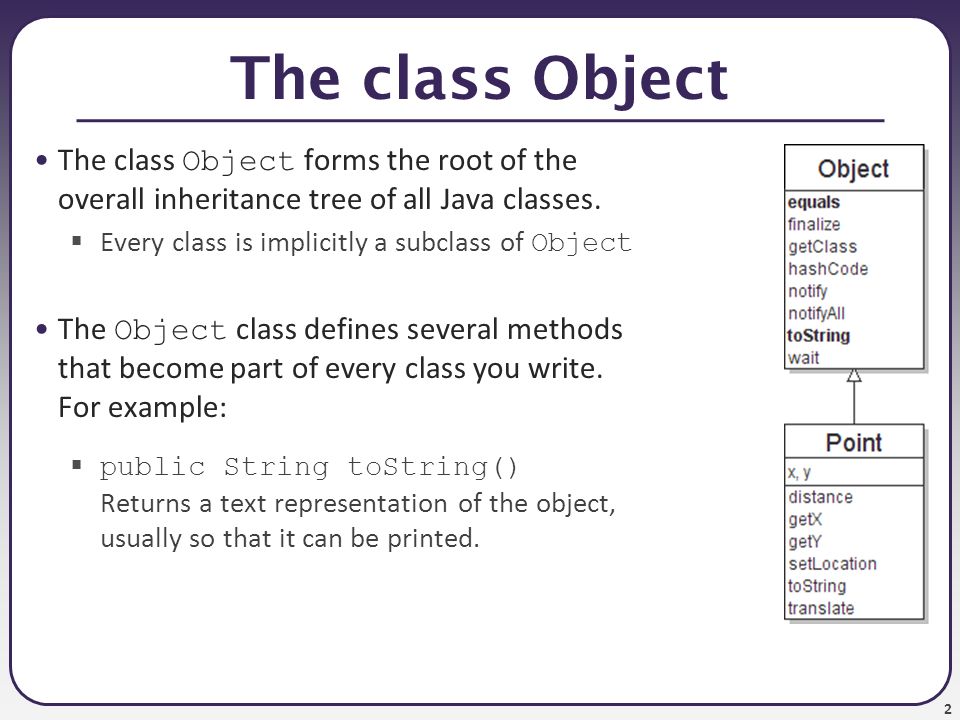A 3-tier application architecture is a common design that separates an application into three logical layers: the presentation layer, the application layer, and the database layer.
Here’s an example architecture diagram for a 3-tier application:
The Presentation Layer handles user interface and interaction, such as displaying data and accepting user input. The Application Layer (or Logic Layer) handles business logic and data processing, such as authentication, data validation, and calculations. The Database Layer stores and retrieves data, such as user information and application data.
By separating the application into different layers, the architecture allows for better scalability, maintainability, and security, as changes to one layer do not affect the others. Additionally, each layer can be optimized for its specific tasks, improving performance and enabling easier development and testing.






Leave A Comment